After Laughter Comes Tears
A performative exhibition in four acts
13 Oct 2023 - 07 Jan 2024

© Photo: Fabrizio Vatieri | Mudam Luxembourg
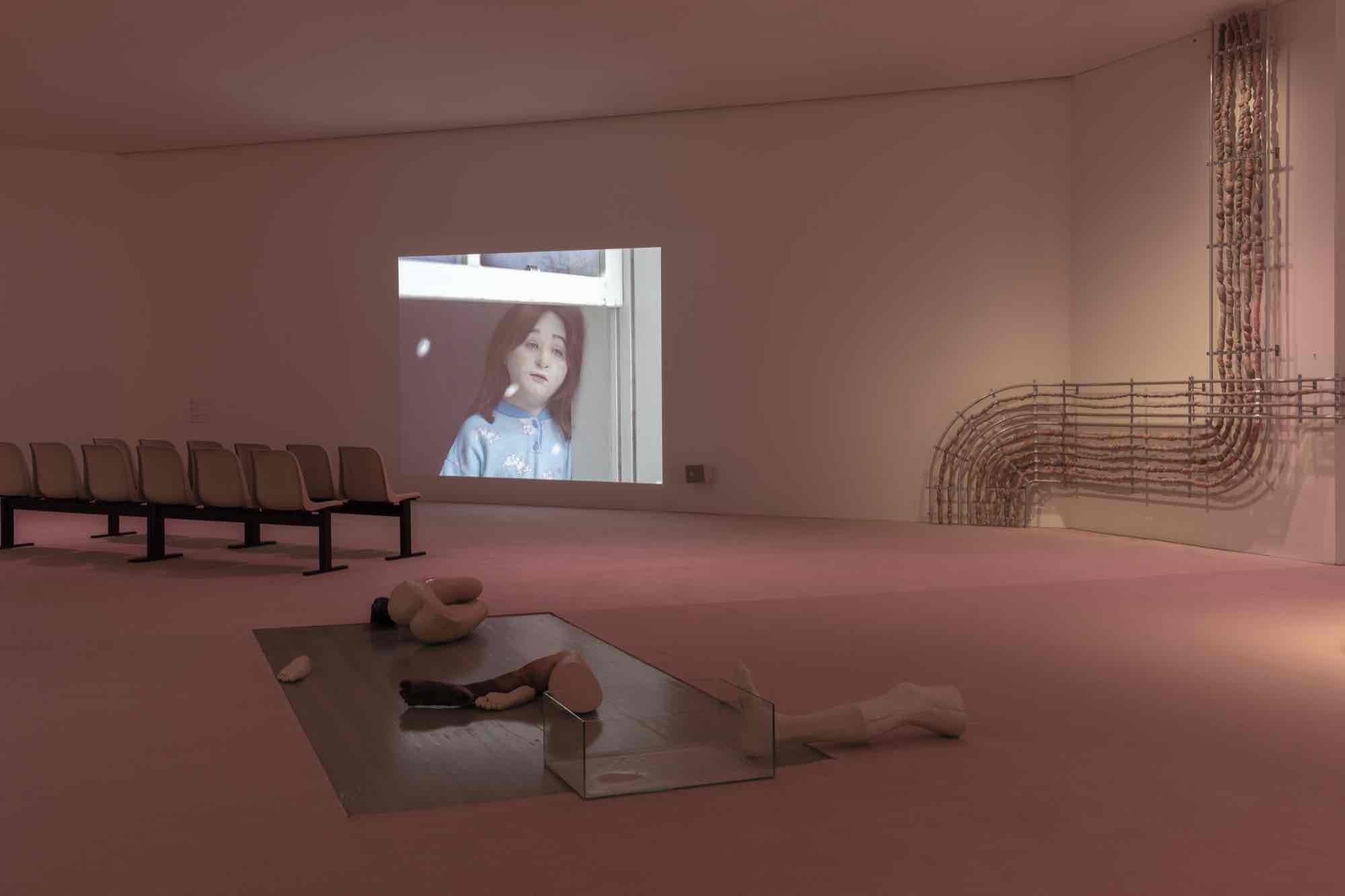
© Photo: Fabrizio Vatieri | Mudam Luxembourg
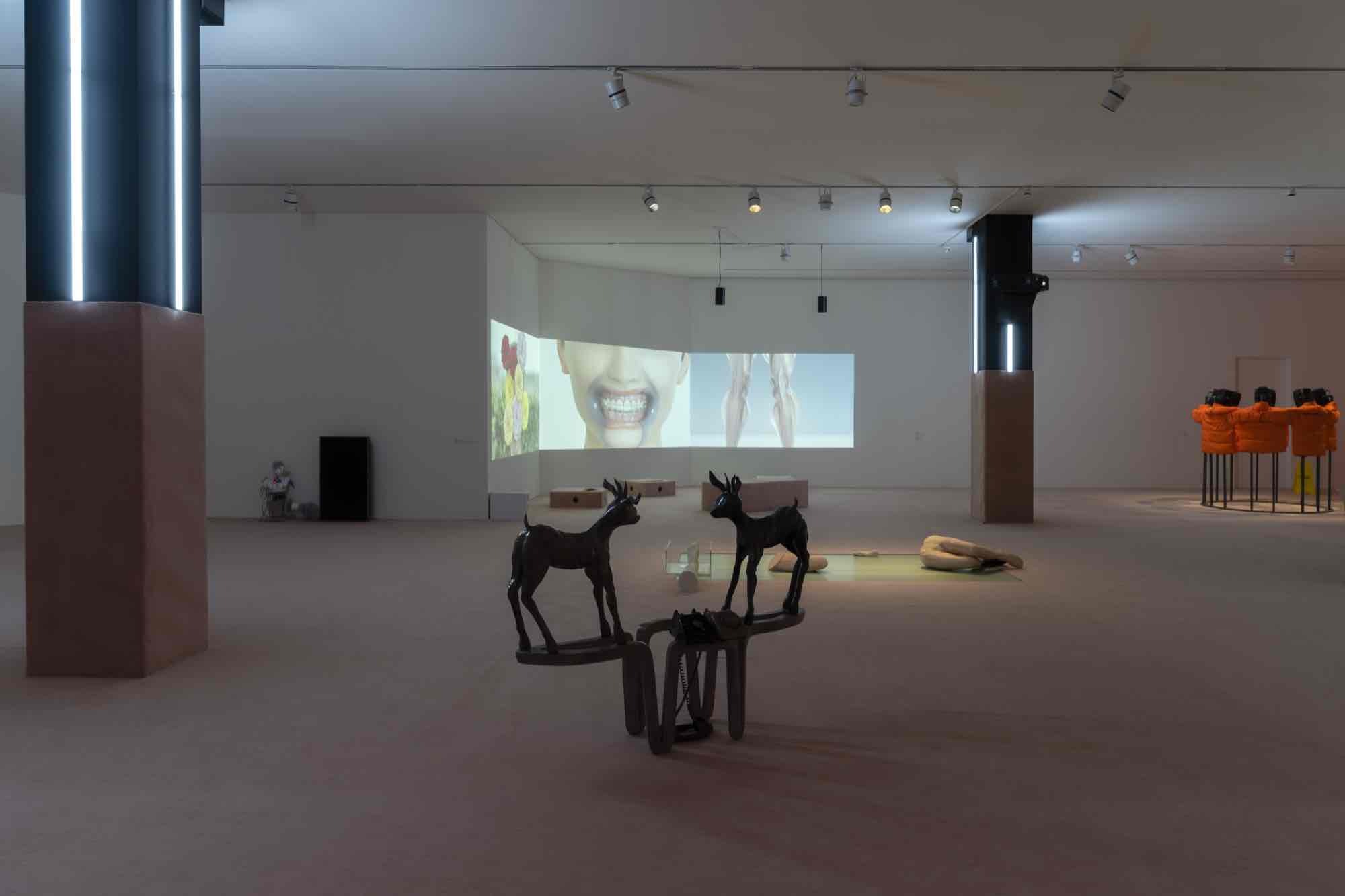
© Photo: Fabrizio Vatieri | Mudam Luxembourg
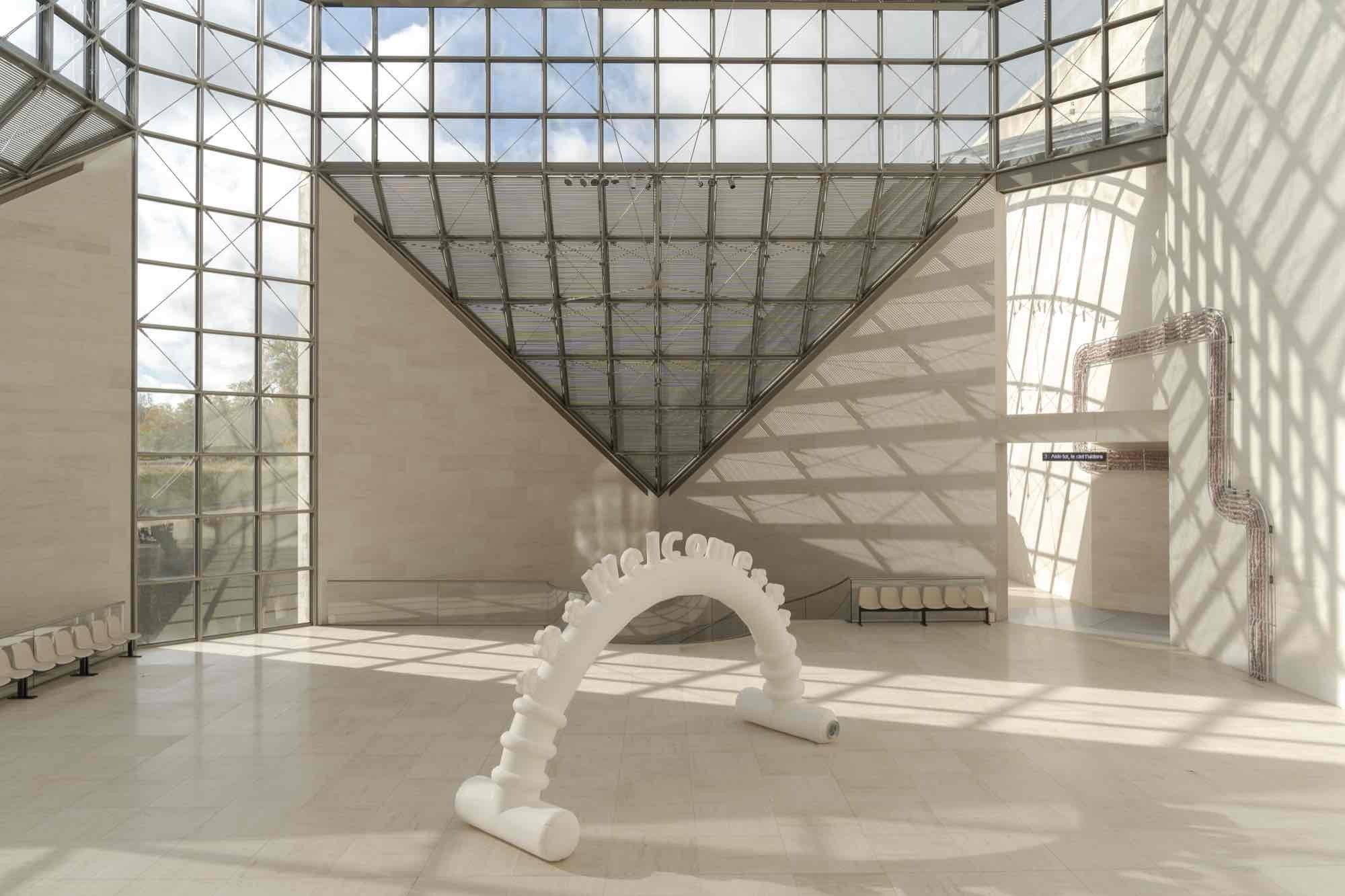
© Photo: Fabrizio Vatieri | Mudam Luxembourg

© Photo: Fabrizio Vatieri | Mudam Luxembourg

© Photo: Fabrizio Vatieri | Mudam Luxembourg
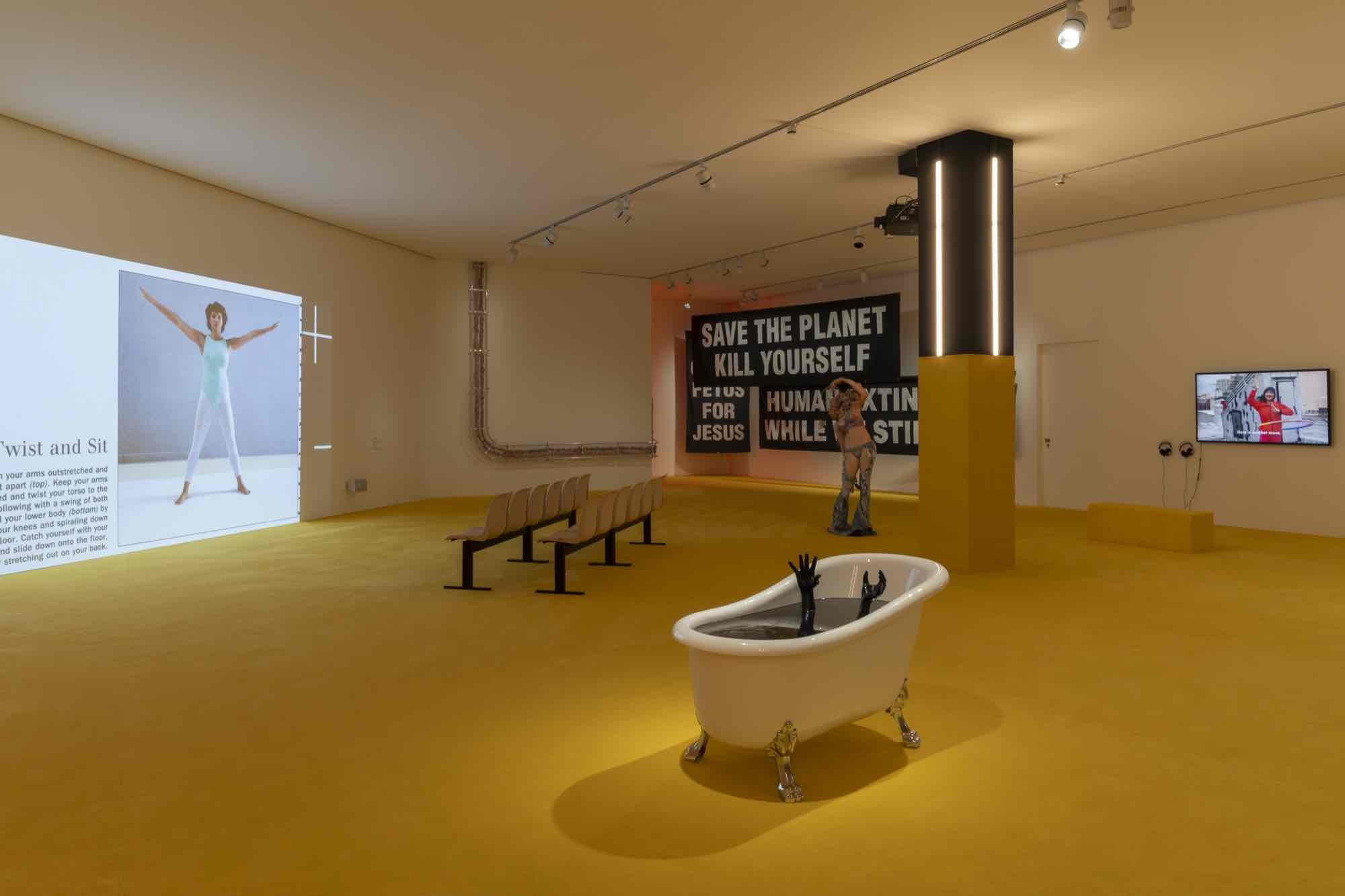
© Photo: Fabrizio Vatieri | Mudam Luxembourg
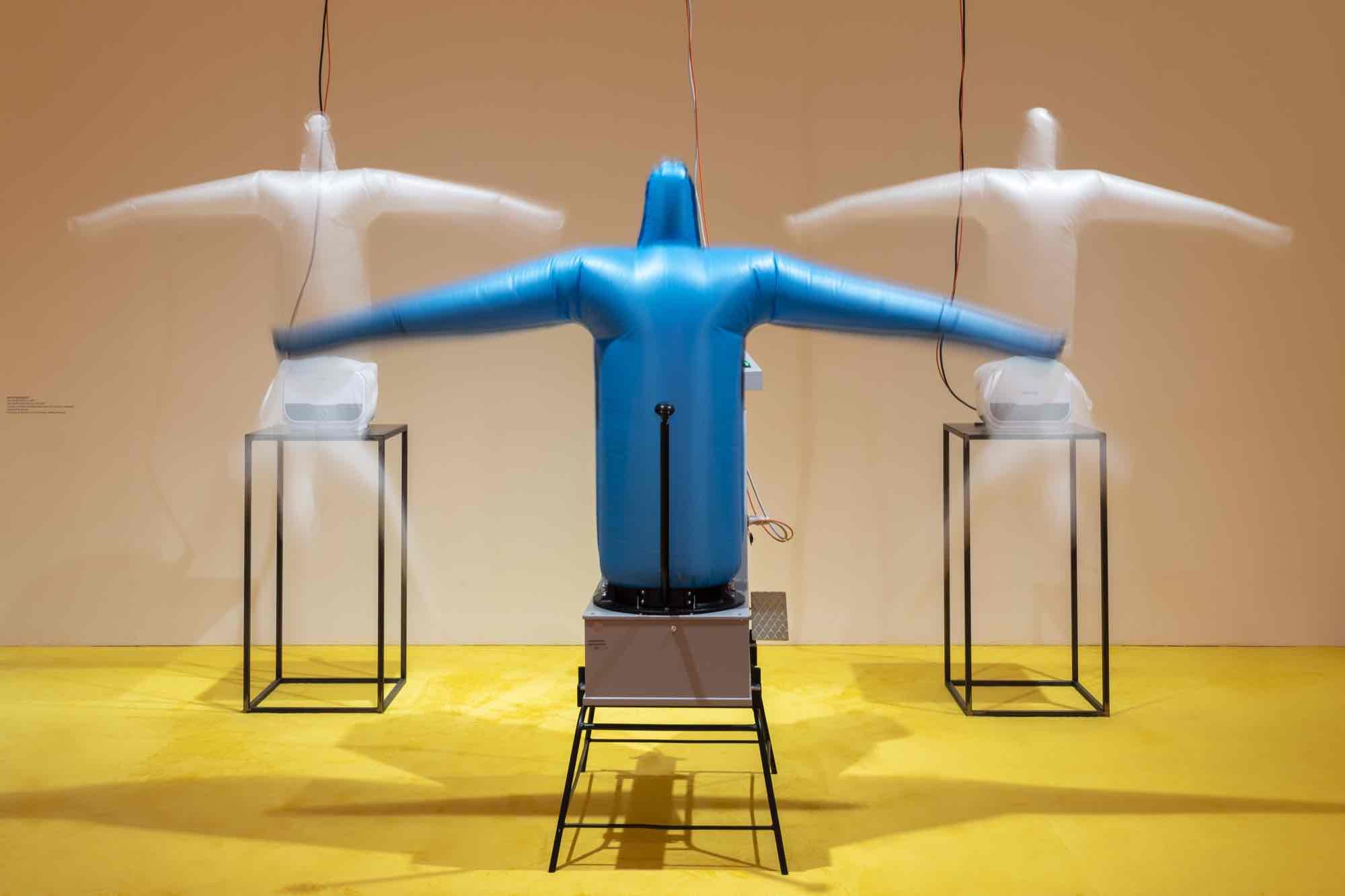
© Photo: Fabrizio Vatieri | Mudam Luxembourg
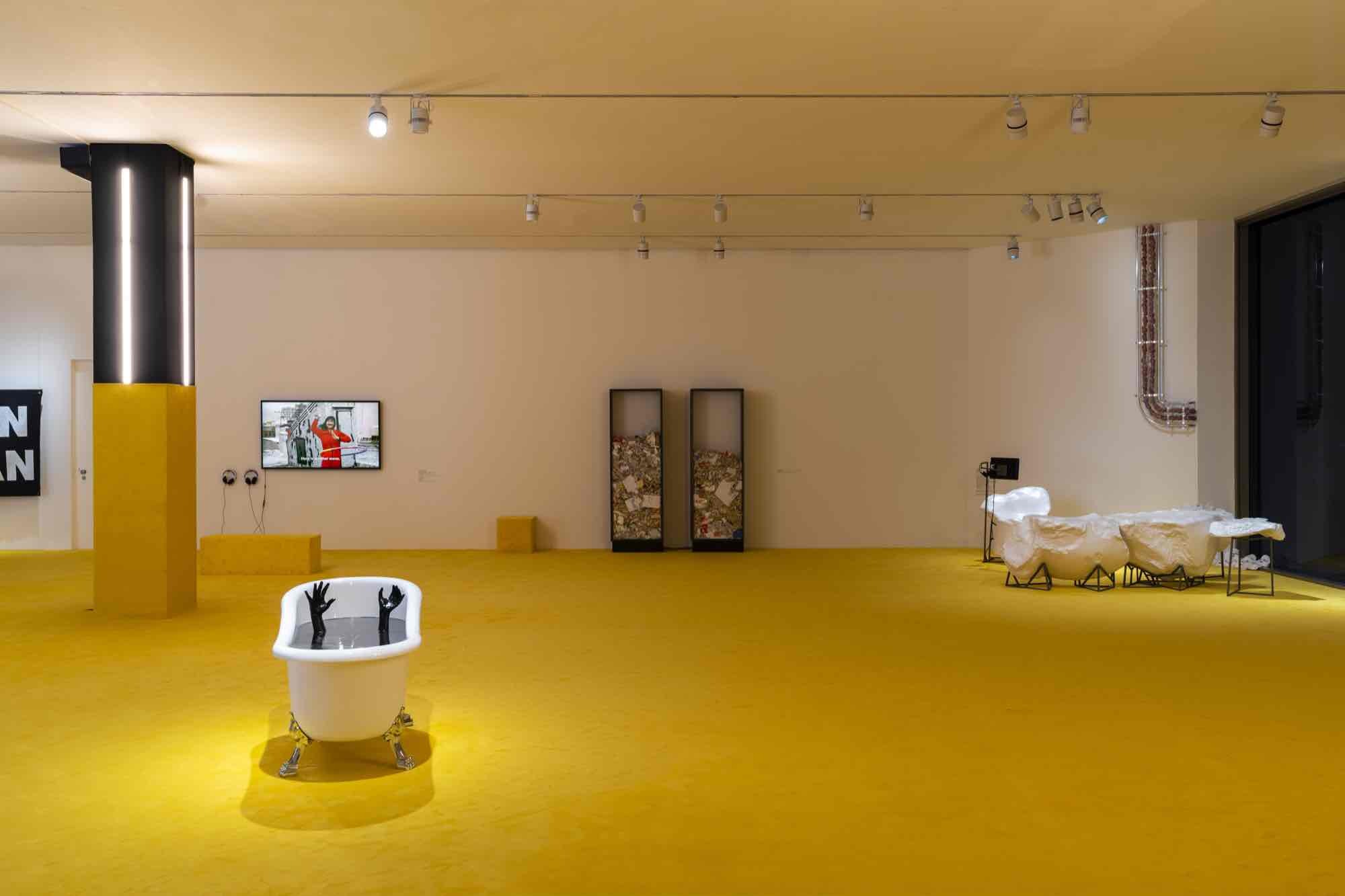
© Photo: Fabrizio Vatieri | Mudam Luxembourg
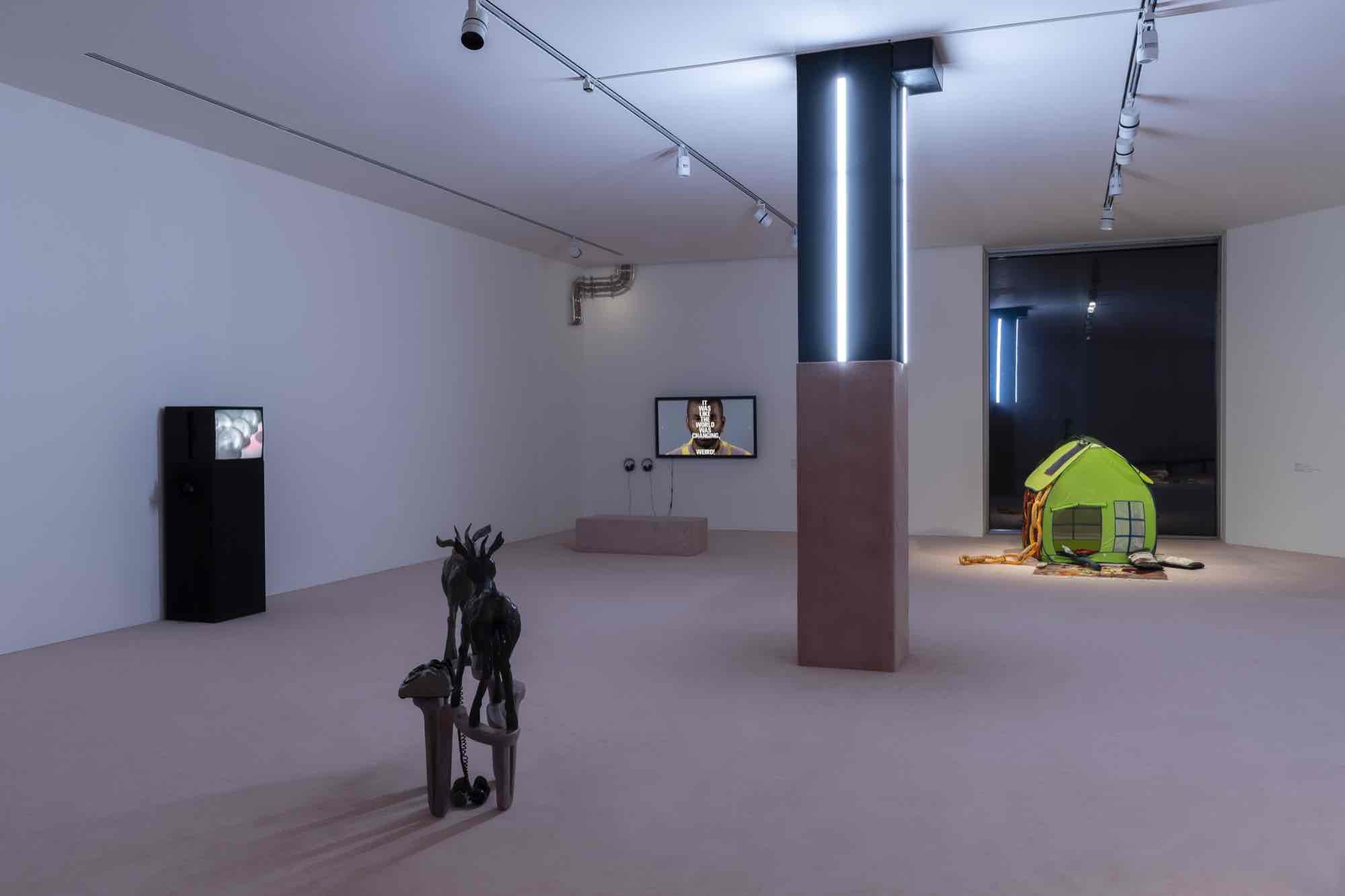
© Photo: Fabrizio Vatieri | Mudam Luxembourg
The exhibition takes as its starting point the feeling of stasis and anger that defines this later stage of capitalism endorsed by most societies. It is framed by the anxieties of a generation facing a climate crisis, welfare states trampled and failed by neoliberal policies and the rise of xenophobia and far-right parties across the globe, partly fuelled by fake news spreading on- and offline. Adopting the humorous, and at times, dramatic tone that is characteristic of theatricality and embracing the ambiguity that exists between those states, After Laughter Comes Tears unfolds through a narrative that speaks to and of bodies, politics and their fraught relationship under capitalist systems. The works of emerging artists, in dialogue with more established ones, consider the crisis of care and deeply entrenched notions of normalcy, aiming to make visible and thereby question standardised approaches to social and biological norms.
Is laughter the best medicine to soothe despair? Humour – and at times, cynicism – is a characteristic feature of contemporary internet culture, which uses memes and gifs as producers of a brand of humour tapping into our shared sense of sarcasm. Drawing from the ironical tone that we identify as being that of a disillusioned generation, as well as from a long history of satirical resistance, the exhibition sets a stage for play with the tensions and frictions inextricably linking comedy and tragedy. Tragicomedy is also a popular theatre genre, circling back to the roots of performance as a discipline. It evokes a sense of drama and the expression of feelings, a rollercoaster of emotions animating the body. Facial expressions and bodily reactions linked to fear, exhaustion, rage, disgust, affection and pleasure – feelings that merge and coexist within each one of us, are expressed differently according to personal and collective histories. Like humour, they are not just intuitive, individual reactions, but rather depend on social and cultural contexts.
With this in mind, After Laughter Comes Tears intends to explore how our bodies and minds react and cope with the drama we are currently living through. What is capitalism doing to them? Are self-care and self-help the only answer? What is considered healthy, who is considered beautiful? Which bodies are celebrated, which ones are made invisible? What bodies are cared for and who provides that care? How do those who have been neglected look after themselves? The artists participating in the exhibition all have an idiosyncratic way of approaching notions of care and normativity, acknowledging the body as intrinsically political and as part of the collective. They will consider the relationship between body and mind, and with benevolence as much as wittiness celebrate the abject of our flesh, embrace exhaustion and contemplate eroticism.
To resist a conventional approach in display, After Laughter Comes Tears creates a dynamic exhibition space, changing through time to offer a variety of experiences to the visitor. During the exhibition, the works will also be activated via performances or via an active participation of the visitors, encouraged to leave aside the passive role that is too often expected of them in cultural institutions. The public will therefore get the central part in a collective thinking process brought about by a rich public programme.
Curators: Joel Valabrega und Clémentine Proby
Artists:
Cem A.
Monira Al Qadiri
Panteha Abareshi
Kate Cooper
Pauline Curnier Jardin
Jesse Darling
Stine Deja
Omer Fast
Anna Franceschini
Guan Xiao
Sidsel Meineche Hansen
Lukáš Hofmann
Christian Jankowski
Chris Korda
Ndayé Kouagou
Ghislaine Leung
Isaac Lythgoe
Taus Makhacheva
Diego Marcon
Jacopo Miliani
Marie Munk
Chalisée Naamani
Agnieszka Polska
PRICE
Jean-Charles de Quillacq
Mika Rottenberg
Julika Rudelius
Dorian Sari
Sin Wai Kin
Shinuk Suh
Martine Syms
Mungo Thomson
Cajsa Von Zeipel
Artur Żmijewski
